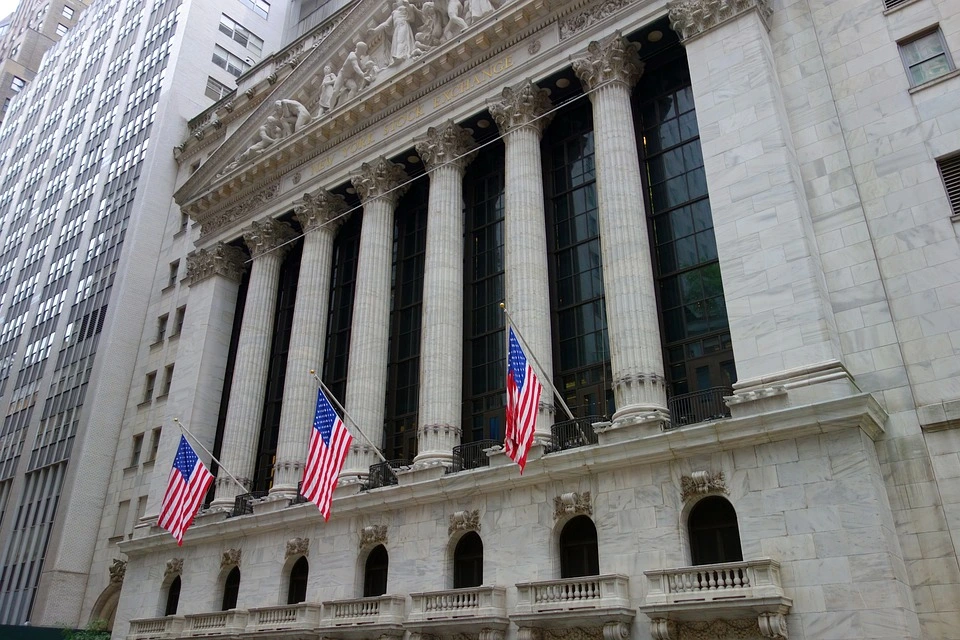The Dow Jones Industrial Average (DJIA) is an index that tracks the price movements of 30 large American companies. These companies represent nearly half of all stocks traded on the New York Stock Exchange.

How does it work?
The Dow Jones Industrial average is based on the prices of 30 large companies listed on the New York Stock Exchange. Each company is given a weighting factor based on its market capitalization. This means that each company is assigned a percentage value based on how much money it is worth. Companies with more shares outstanding will receive a higher weighting than those with fewer shares.
What does it measure?
The Dow Industrial average was first published in 1896 by Charles Dow and Edward Jones as a simple average of the prices of thirty leading industrial corporations. In 1928, the Dow Jones & Co. changed its name to Dow Jones & Company Inc., and in 1988, the company became part of News Corporation.
Why is it important?
The Dow Jones index has been used as an indicator of the state of the American economy since 1896. It is calculated using the price changes of 30 large publicly traded U.S. companies. These companies make up the Industrial Dow Jones Average. The DJIA is considered a good measure of the general direction of the U.S. economy because it reflects the performance of the largest companies in the United States.
When should I use it?
The DJI index is used by investors as an indicator of the general direction of the stock market. Investors use the Dow Jones Industrial Average (DJIA) to determine whether to buy or sell stocks. If the Dow Jones rises above 14,000, then the investor knows that the stock market is going up. Conversely, when the Dow Jones falls below 7,500, the investor knows that the market is heading down.
Dow Jones Derivatives
There are E-Mini and Micro derivatives of the Dow Jones Index:
- E-mini Dow $5 Index (YM)
- Micro E-mini Dow $0.50 (MYM)
